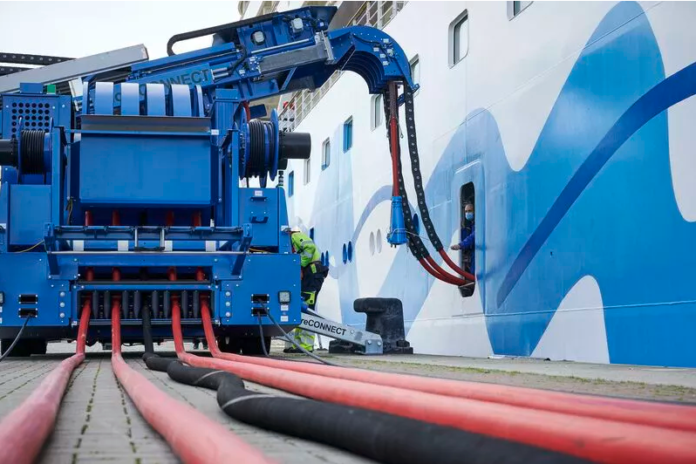This week, the eighty-second meeting of the Marine Environment Protection Committee (MEPC82) is evaluating the effectiveness of the International Maritime Organization’s (IMO) Carbon Intensity Indicator (CII) in assessing greenhouse gas (GHG) performance across different ship types.
The International Association of Ports and Harbors (IAPH) has recognized the CII as beneficial but notes industry concerns regarding its limitations.
In response, IAPH is developing its own GHG performance indicator to be integrated into an expanded and revised IAPH Environmental Ship Index (ESI), set to be fully operational by 2026.
This new indicator will adopt a Well-to-Wake (WtW) approach, focusing on the carbon intensity of bunkered fuels rather than the distance sailed. This method will accommodate various operational realities, such as extended berthing times, which can skew the CII results. It is designed to be applicable to all ship types and sizes, including those under 5,000 gross tonnes.
The revised ESI will utilize fuel carbon intensity data from either Bunker Delivery Notes or IMO defaults, and will factor in the global warming potential of different fuels.
IAPH plans to update the ESI annually after verification by classification societies. The changes aim to enhance the current system to more effectively evaluate and incentivize innovations in carbon reduction technologies aboard ships, such as carbon capture, wind assistance, batteries, and air lubrication.
A separate innovation module will be added and periodically reviewed to adapt to technological advancements and market changes.
IAPH Managing Director Patrick Verhoeven emphasized the significance of these upgrades, stating that the ESI is evolving into a practical tool that can be immediately applied to help decarbonize shipping and mitigate emissions both at sea and around ports.
These developments are set to redefine how environmental performance is measured and incentivized across the maritime sector.







